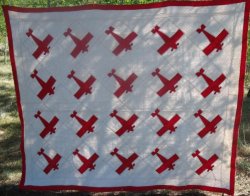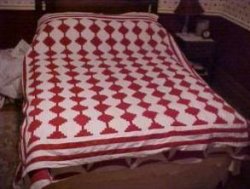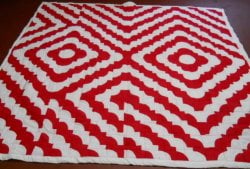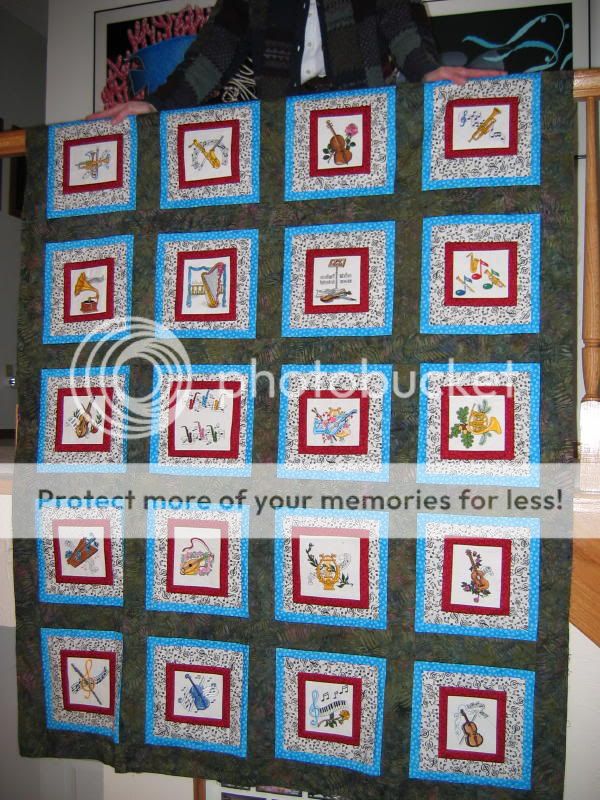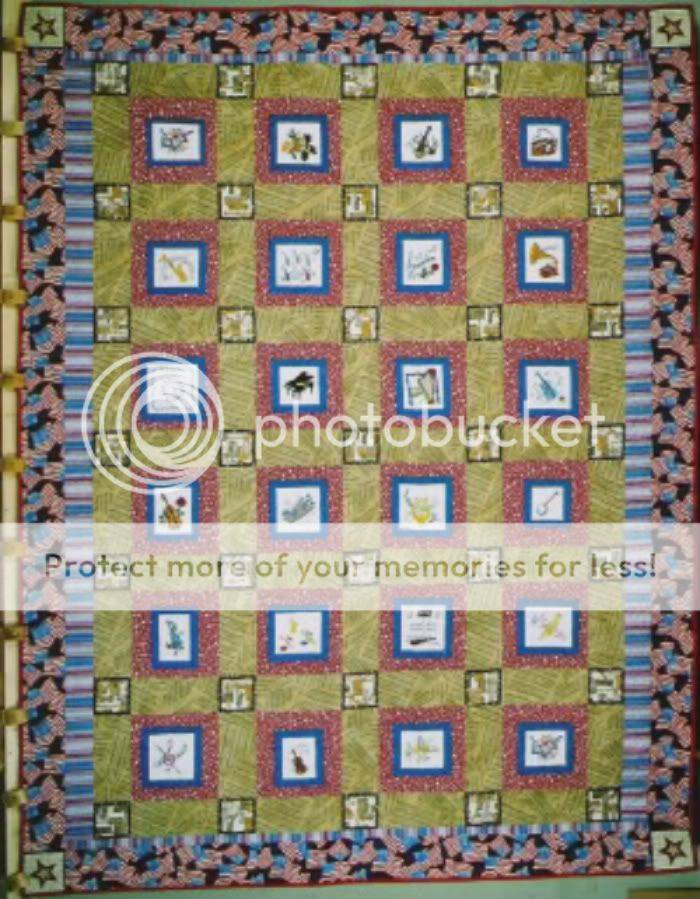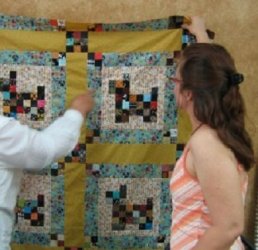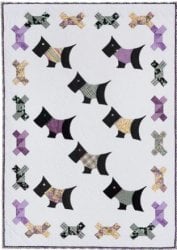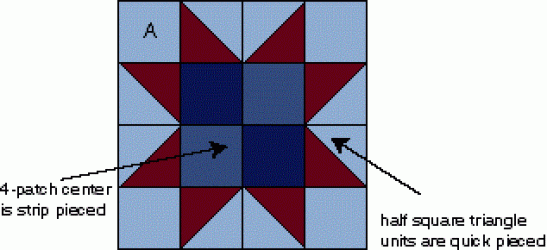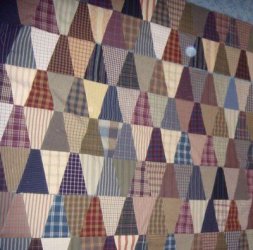- Thread starter
- #61
One of my passions in quilting in addition to creating colorful quilts is Redwork Quilts. A show was held this past year in New York of a lady whose main passion was redwork quilts, and she provided one of the most cheerful quilt shows made memorable by redwork quilts, and I was so inspired by getting to see it virtually.
I will try and remember to add a redwork quilt now and then from my saved archives of quilts so any passerby here can enjoy it also.
Visual Arts Rule!!!! ... quote by freedombecki.
I will try and remember to add a redwork quilt now and then from my saved archives of quilts so any passerby here can enjoy it also.
Visual Arts Rule!!!! ... quote by freedombecki.
Attachments
Last edited:


